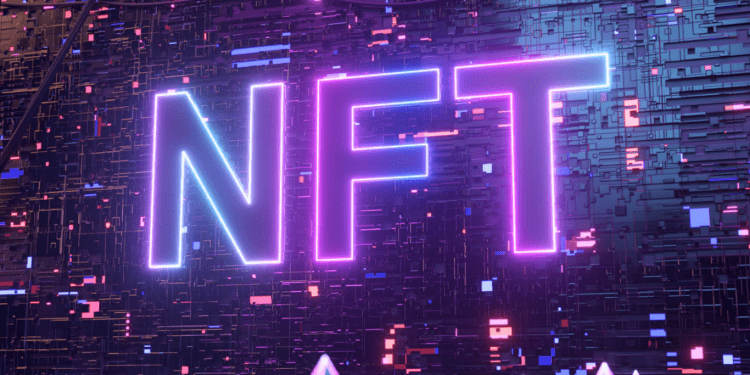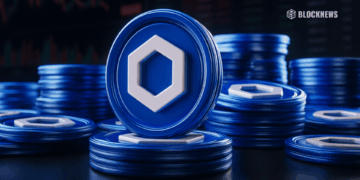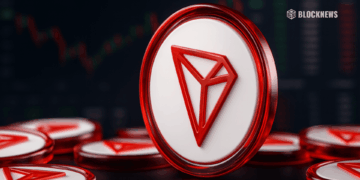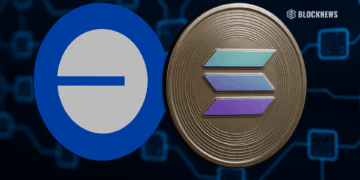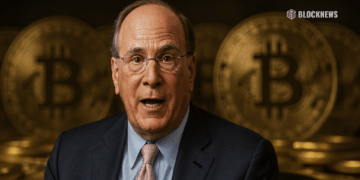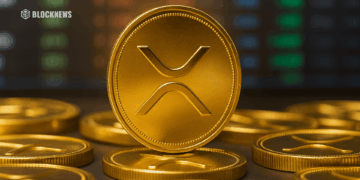- NFT liquidity has declined as marketplaces compete for a smaller pool of traders and investors.
- NFT daily trade volume has been falling over the last few months, but active wallets associated with NFT activities saw a 27% increase in May, partly driven by the Miladys NFT collection and Elon Musk’s involvement.
- Some marketplaces are introducing incentives to retain traders on their platforms.
NFT liquidity has plummeted as marketplaces compete for a smaller pool of traders and investors. In response to these trends, some marketplaces incentivize traders to keep them on their platforms. Will it be successful?
The ease and availability of buying and selling non-fungible tokens (NFTs) in the market is referred to as NFT liquidity. When NFT liquidity is high, there are many willing buyers and sellers, allowing for smooth and active transactions. On the other hand, low liquidity indicates a drop in trading activity and difficulty finding counterparties for trades.
NFT Daily Trade Volume Faces Downturn
According to Dune data, Daily trades have steadily declined for the past three months. On March 13, there were approximately 44,000 NFT trades. On June 12, however, the figure was closer to 25,000.
According to a recent DappRadar report, NFT sales may have fallen below $1 billion for the first time this year in May 2023. The full story, however, could be more straightforward.
According to the report’s analysis, active wallets associated with NFT activities increased by 27% in May. The Miladys NFT collection, which received a significant boost from Elon Musk, was credited with the growth.
In an attempt to combat the declining trading activity, NFT marketplaces are increasing trader incentives, as Samuel Haig reported in The Defiant on Tuesday.
Blur, the NFT marketplace, announced updates to its incentive system for NFT traders on June 7. Blur emphasized in its statement that the highest number of Bidding Points will be awarded to bidders who take genuine risks.
According to a Twitter thread, the platform will now allocate $BLUR rewards to users who genuinely contribute to Blur’s growth. However, unethical tactics, such as transferring NFTs for loyalty, engaging in wash trading, and spoofing bids, will no longer be effective.
LooksRare Launches Its Own Rewards Season
LooksRare’s daily volume, which once reached hundreds of millions of dollars, has declined since May 2022. Its activity is now consistently less than $10 million. LooksRare, on the other hand, hopes to reclaim its former glory by announcing its rewards “season” on June 1.
Not deterred by the low trading volume, Kraken launched its own NFT trading platform earlier this month, further crowding out the market.
According to DappRadar, Blur is still the largest NFT marketplace as of mid-May 2023. It commands a 62% market share, while OpenSea trails at 26%.
Despite this, OpenSea has the most traders, with 104,882 active users the week preceding the DappRadar report’s release, surpassing Blur’s 12,747.


